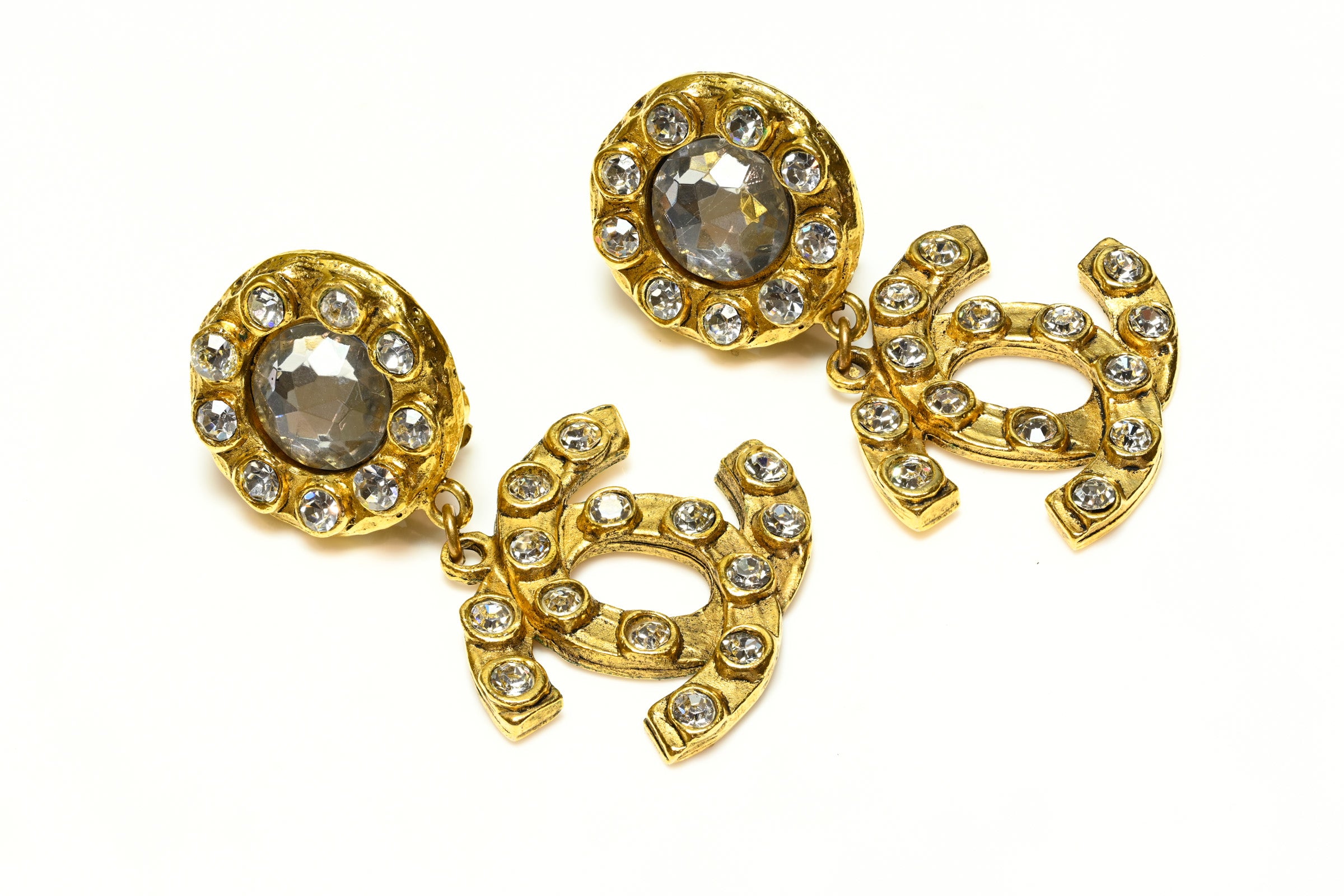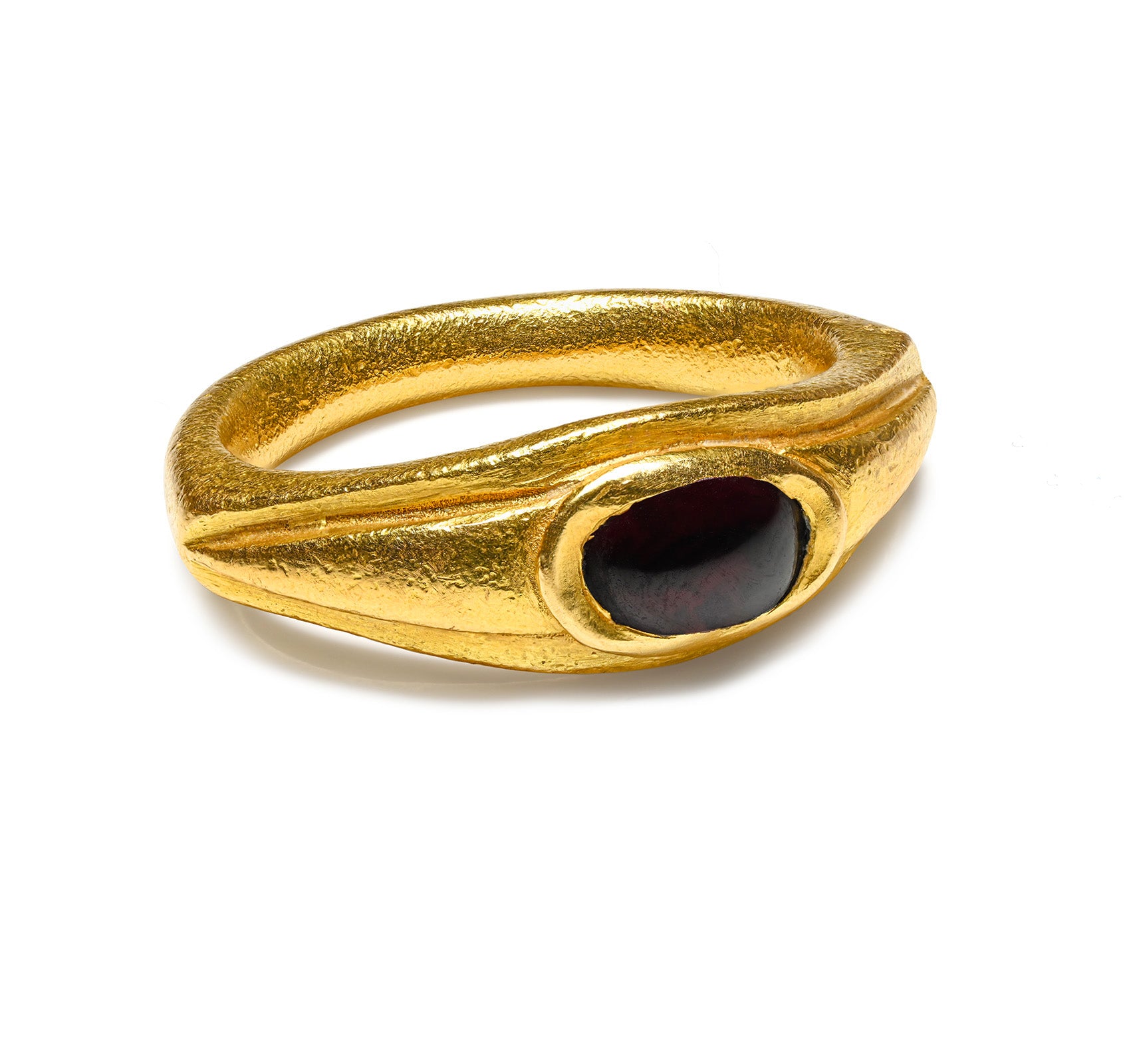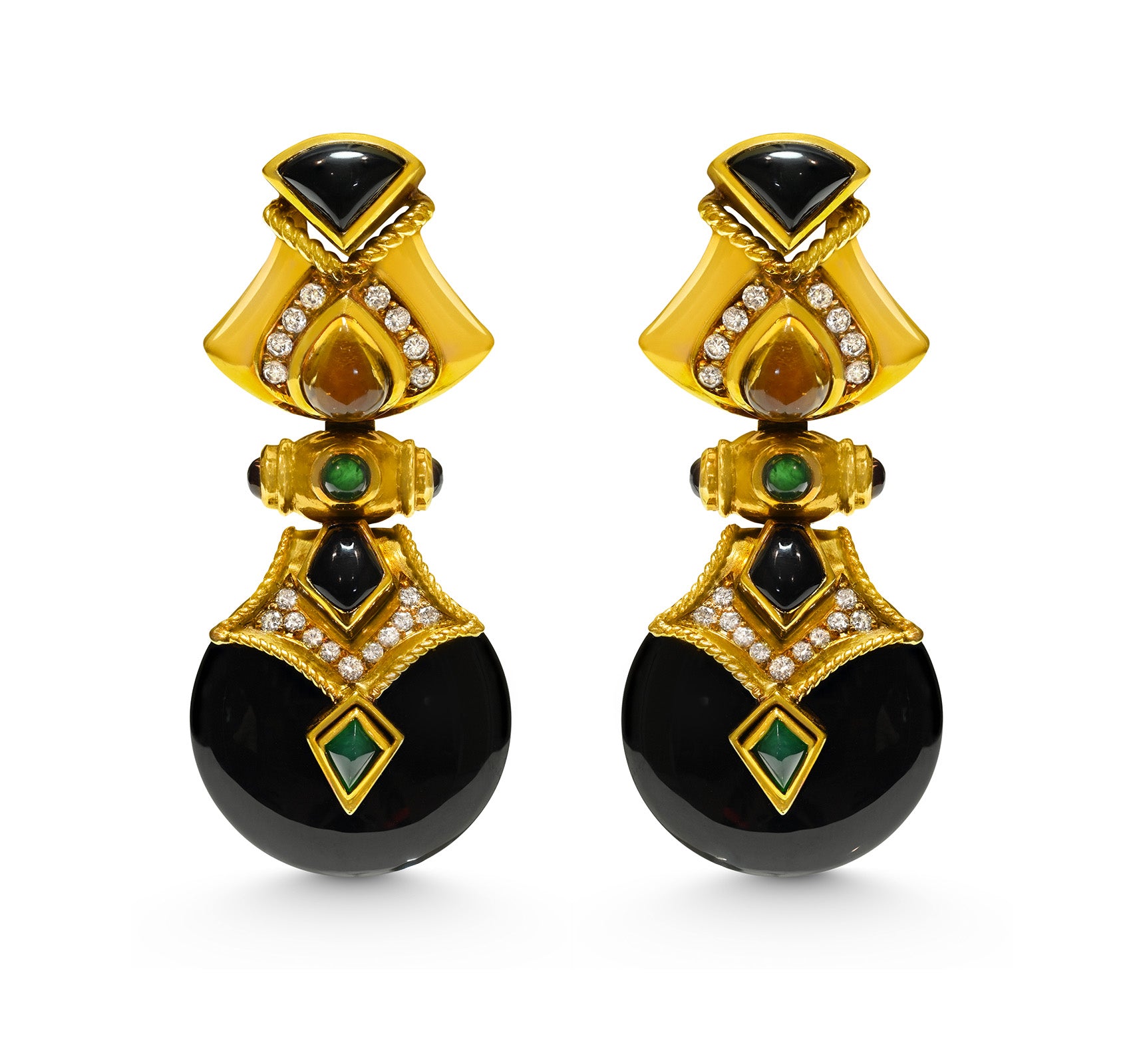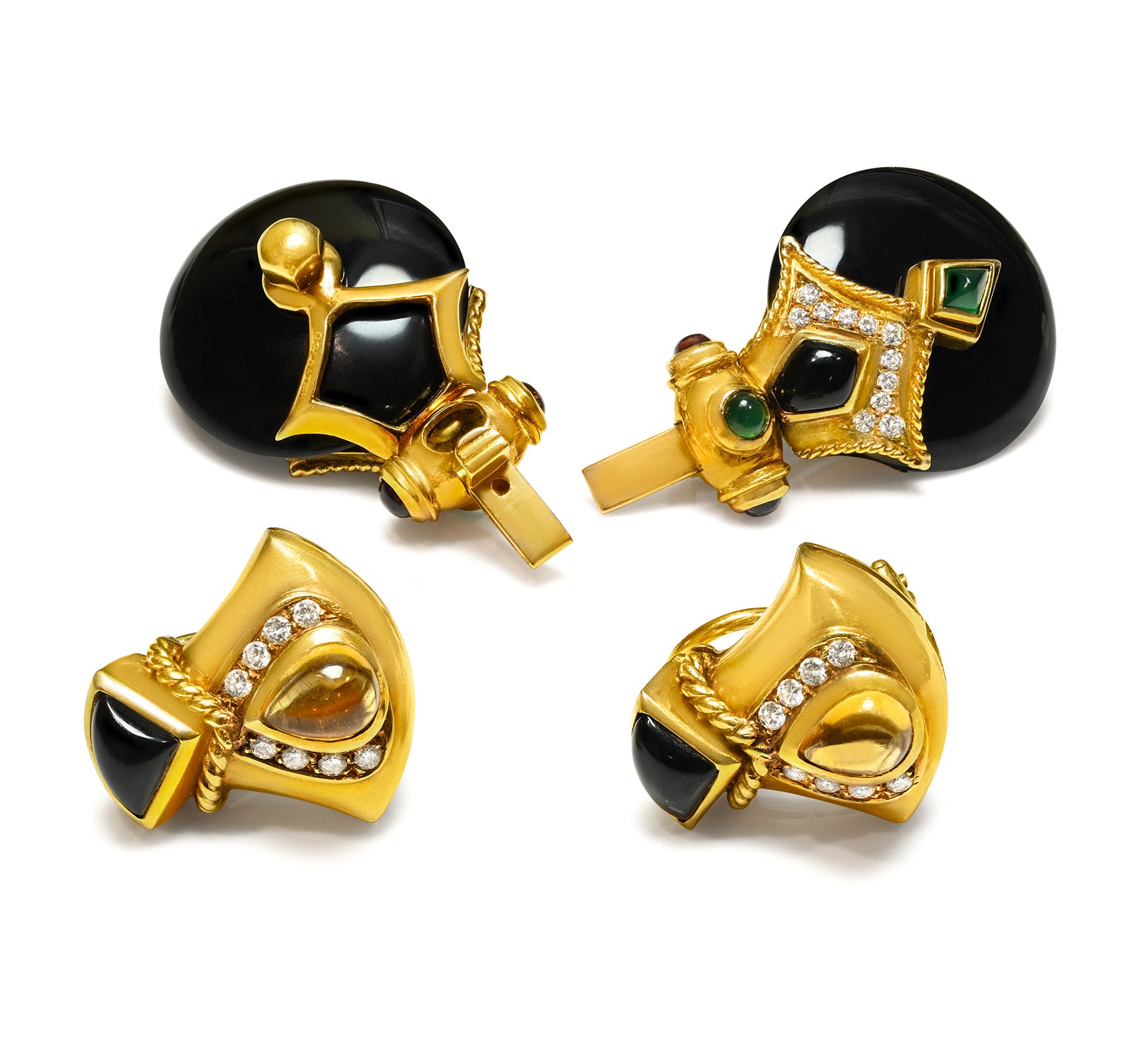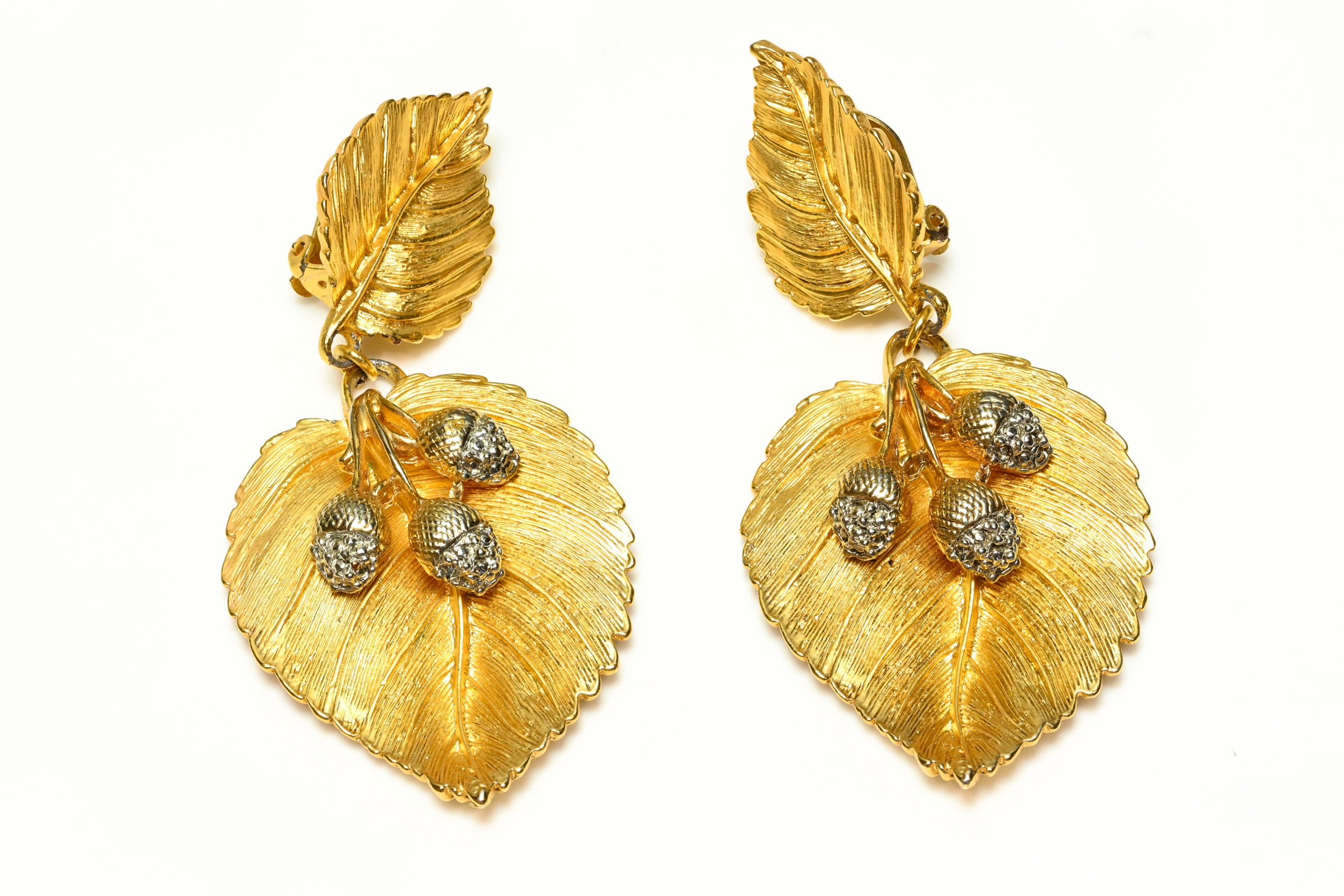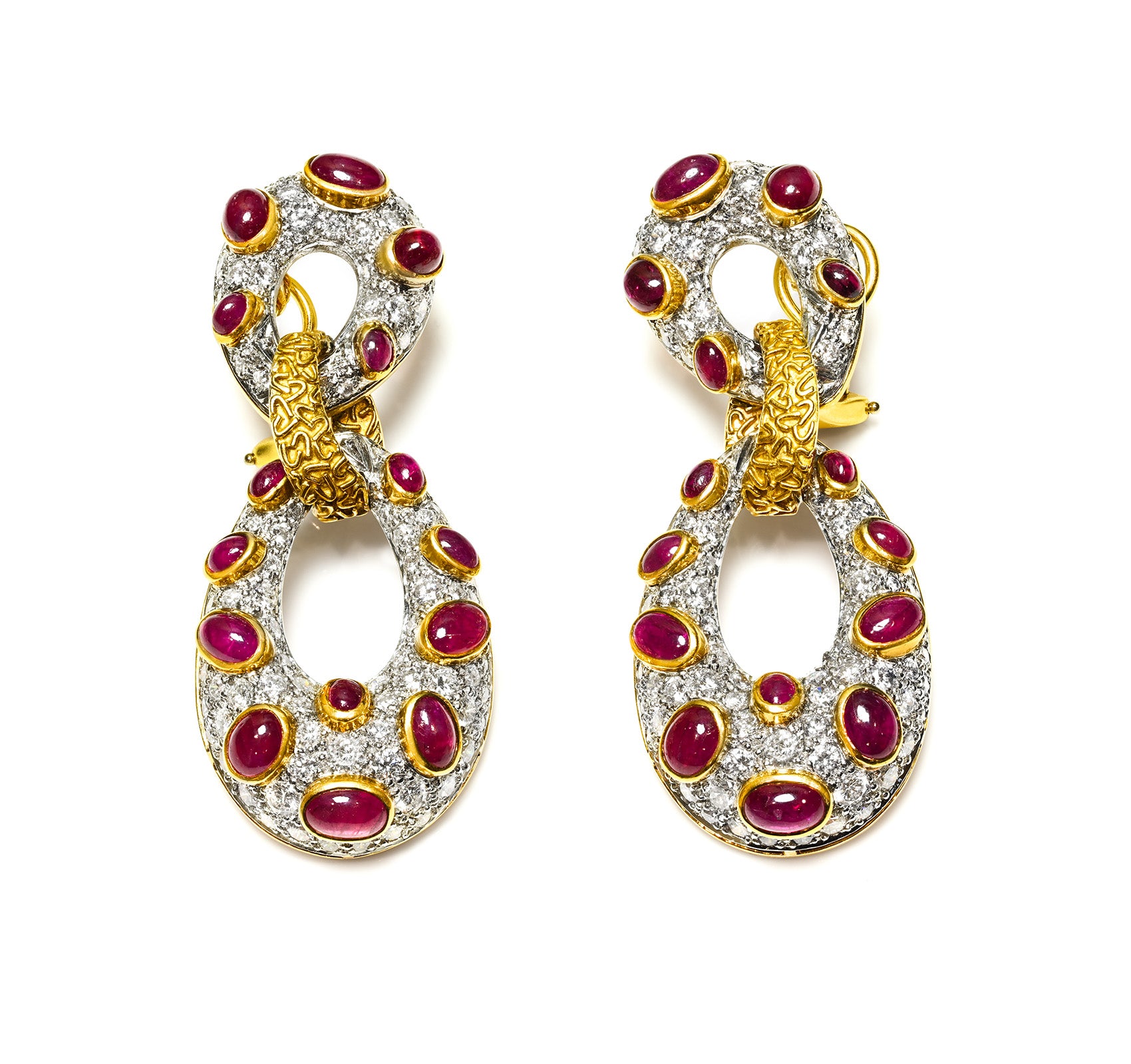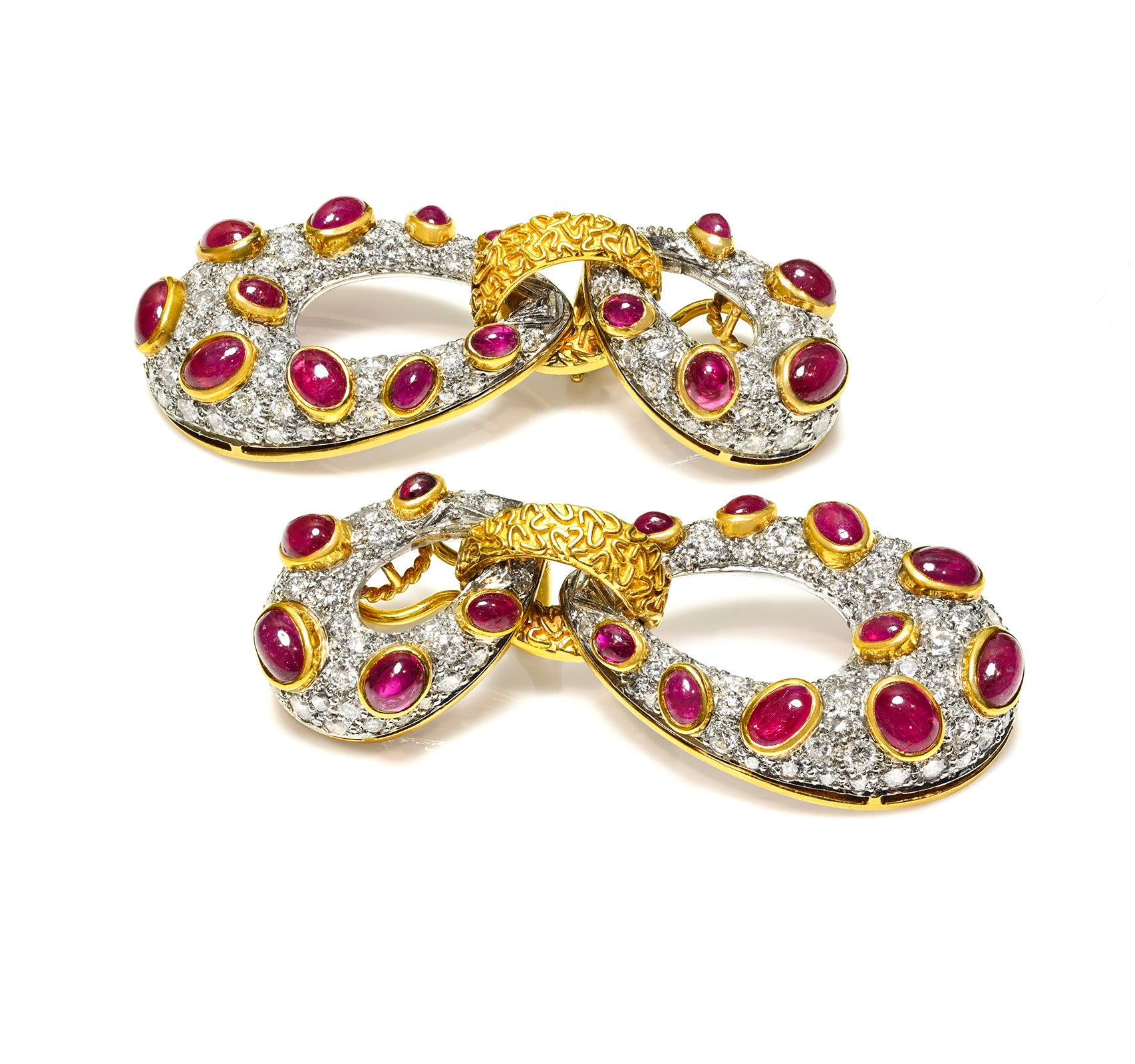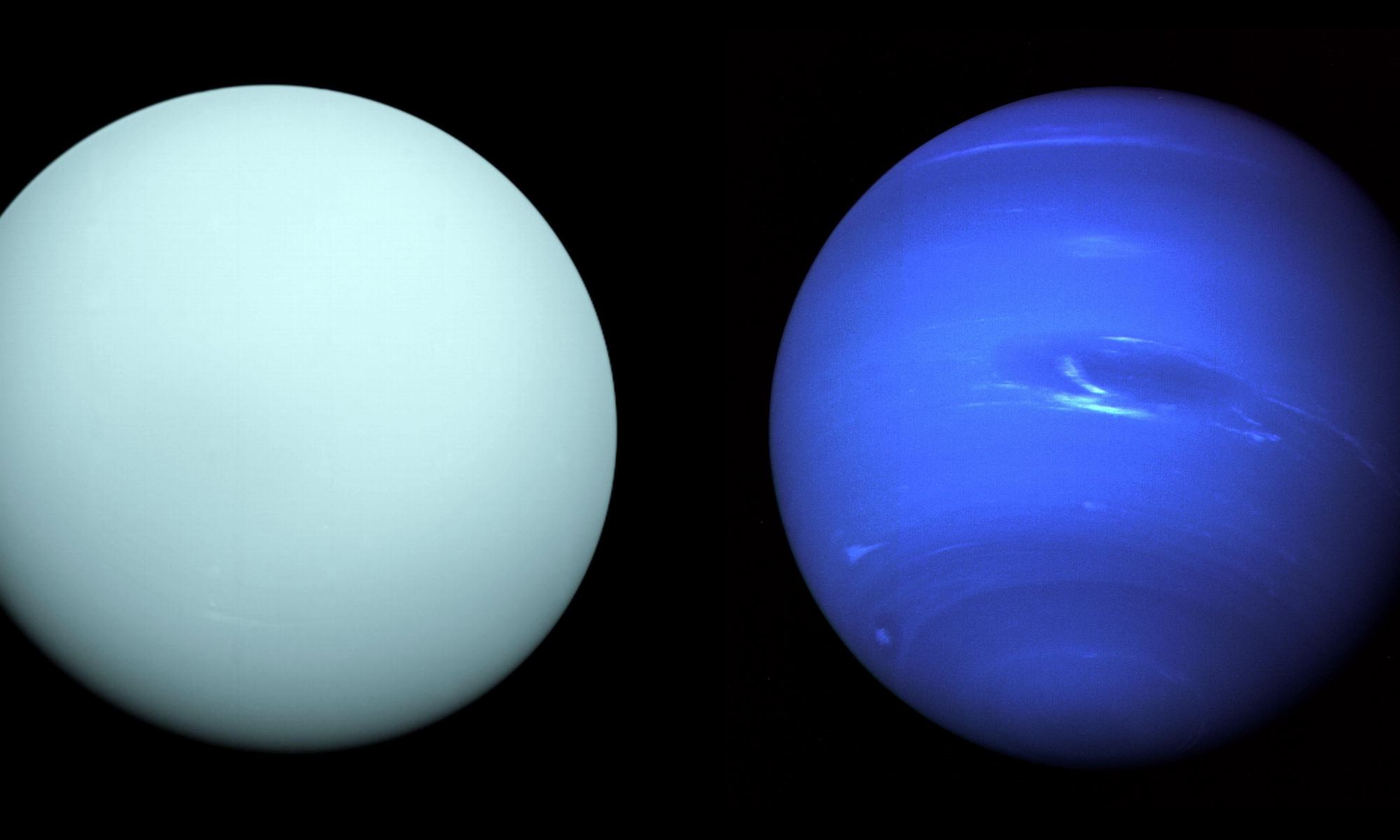
The Magnificent And Mysterious Diamond Rain On Neptune And Uranus
Uranus and Neptune appear to be unremarkable, uninteresting balls of molecules at first sight. But there might be something extraordinary lurking beneath their surface: a steady... diamond rain.
Scientists arrived at this conclusion after simulating the odd precipitation thought to originate deep inside Uranus and Neptune using everyday plastic.
Researchers had previously postulated that thousands of kilometers beneath the surface of the ice giants, under conditions of great pressure and temperature, carbon and hydrogen are transformed into solid diamonds, according to Silence Alert.
Earlier theories and studies showed that diamonds might literally shower from ice giant planets – the so-called diamond rain - due to a unique sort of precipitation caused by extremely high pressure.
What Is The Diamond Rain?
Due to their rarity, beauty, and use in industrial operations, diamonds are one of the most prized commodities on Earth.
Only because of volcanic eruptions do we have diamonds on the surface of the world, despite them taking millions or even billions of years to form deep beneath the Earth.
But, according to a recent scientific study published in Science Advances, the scientists added oxygen to the mix and discovered that "diamond rain" may occur more frequently than previously believed.
The research might show that diamonds may be abundant elsewhere in the cosmos even if they are scarce on our planet.
Since ice giants like Neptune and Uranus are believed to be the most prevalent type of planet outside of our Solar System, diamond rain may be present throughout the entire Universe.
One of the study's authors, Dominik Kraus, a physicist at the German HZDR research facility, noted that diamond rain was very dissimilar from rain on Earth.
The diamonds are thought to originate in a "hot, dense liquid" beneath the planets' surfaces, where they gradually descend to the rocky, potentially Earth-sized cores more than 10,000 kilometers (6,200 miles) below.
According to Kraus, it may be that the diamond rain phenomenon has led to the formation of huge layers of diamonds that extend "hundreds of kilometers or possibly more."
Also, he claimed that although these diamonds might not be polished and cut like "a magnificent gem on a ring," they were created by the same forces that exist on Earth.
It is thought that the diamond rain exists some 8,000 km below the surface of our ice giant neighbors, created from commonly found mixtures of hydrogen and carbon, squeezed together at incredible pressure.
Lab Diamonds
In an effort to try to understand what's inside those planets and understand the diamond rain, astronomers and planetary scientists have to take that meager data and combine it with laboratory experiments that try to replicate the conditions of those planets' interiors.
More precisely, the study team discovered the right proportion of carbon, hydrogen, and oxygen in PET plastic, which is commonly used for bottles and packaging for food.
The scientists used polystyrene (C8H8), also referred to as Styrofoam, as their sample rather than methane, which would be present inside the ice giants.
Kraus stated that even though the researchers used PET plastic that was extremely clean, "the experiment should work with Coca-Cola bottles" in theory.
"We produce about 1.5 million bars, that is equivalent to the pressure exerted by the weight of some 250 African elephants on the surface of a thumbnail," Kraus said.
At the SLAC National Accelerator Laboratory in California, the scientists next used a strong optical laser to cut through the plastic.
They were able to observe the formation of nanodiamonds—tiny diamonds too small to be seen with the naked eye—using "very, very short X-ray flashes of tremendous brilliance".
"The oxygen that is present in large amounts on those planets really helps suck away the hydrogen atoms from the carbon, so it's actually easier for those diamonds to form," Kraus added.
Furthermore, the scientists employed a lot of conventional math. Astronomers who only have a limited amount of data can use mathematical modeling to comprehend what is happening in a certain situation.
So, the scientists realized Uranus and Neptune may have "diamond rain" thanks to a combination of mathematical modeling and laboratory tests.
Researchers first conducted an experiment to explore this phenomenon in 2017, but it took them until 2022 to pinpoint how these diamonds most likely formed.
They published their findings in the journal Nature Communication on May 26.
The Idea Of Diamond Rain
Diamond rain was initially mentioned prior to the 1977 launch of the Voyager 2 mission.
The justification was rather straightforward: We know what Uranus and Neptune are comprised of, and we are aware that material becomes hotter and denser as it travels deeper within a planet, according to Space magazine.
The mathematical modeling fills in the details, including the likelihood that the innermost portions of the mantles of these planets have temperatures around 7,000 kelvins (12,140 degrees Fahrenheit, or 6,727 degrees Celsius), as well as pressures 6 million times greater than those of Earth's atmosphere.
The same models inform us that the uppermost mantle layers are slightly less pressured (200,000 times Earth's atmospheric pressure) and cooler (2,000 K or 3,140 F or 1,727 C).
Therefore, it is only logical to wonder what happens to water, ammonia, and methane under conditions of that kind of heat and pressure. And what happens might be the diamond rain.
Particularly with methane, high pressures can split the molecule, releasing the carbon. The carbon then connects with its siblings to form lengthy chains.
The lengthy strands are then compressed together to create diamond-like crystalline patterns.
When it becomes too hot, the thick diamond formations fall down the mantle layers until they evaporate, float back up, and resume the cycle—hence the name "diamond rain".
According to Kraus, the experiment might help to explain why Neptune's core generates an enigmatic quantity of energy—more than twice as much as it takes in from the sun.
The scientists hypothesize that, through the process of the diamond rain, these so-called precious stones that fall upon the planets may produce gravitational energy and subsequently heat energy.
Also, the experiment might aid researchers in unraveling other mysteries both within and beyond our solar system.
"Our experiments are delivering important model parameters where, before, we only had massive uncertainty. This will become ever more relevant the more exoplanets we discover," said the Kraus.
Still, the best way to validate this idea of diamond rain would be to send a spacecraft to Uranus or Neptune, which won't be an option anytime soon.
View Our Journal & News
Read Our Interesting Facts Articles
Picture: A comparison of Uranus (left) and Neptune (right). (Credit: NASA)





